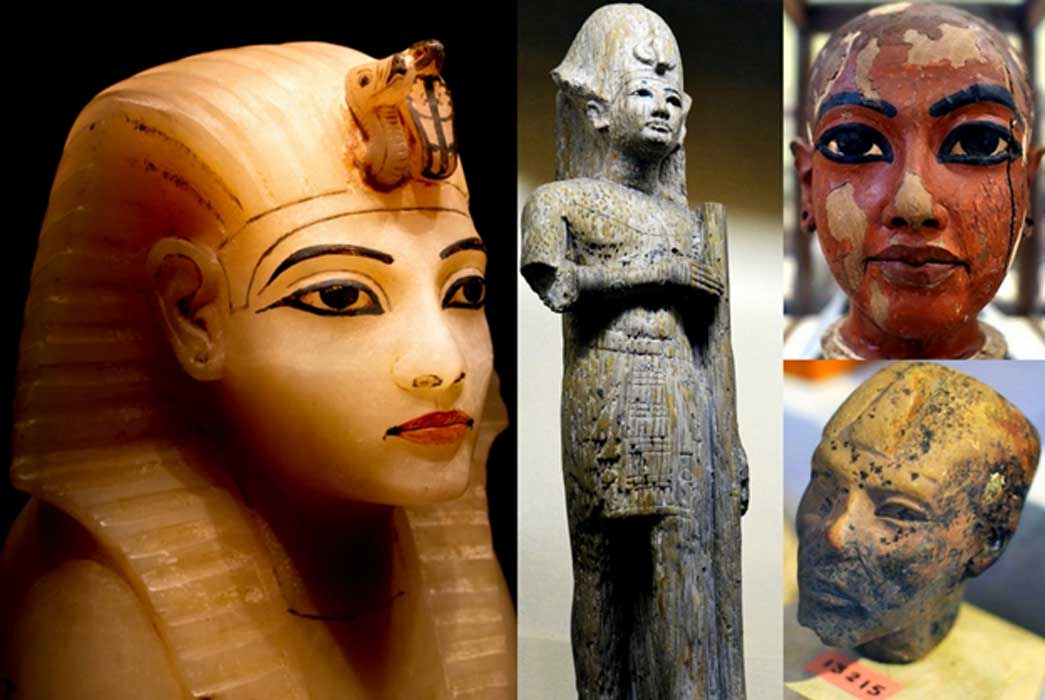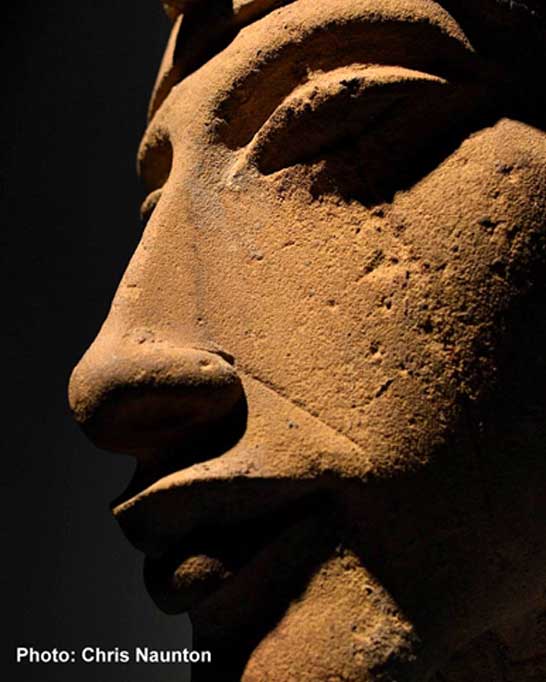
Was Tutankhamun’s Coronation Delayed? Making sense of the Ascendance of Pharaoh Aye
One of ancient Egypt’s best-kept secrets is the identity of the mysterious Amarna Period royal, Smenkhkare. Who, after all, was he or she? Scholars have offered a bouquet of possible candidates ranging from Akhenaten’s putative younger brother, to Nefertiti, Meritaten and even the ill-fated Hittite prince who voyaged to the land, on invitation, in the hope of becoming pharaoh, only to be done to death at the border. Could the installation of Nebkheperure Tutankhamun as pharaoh have occurred at a much later date than previously believed? If yes, who was in control of Egypt during this time?

The beautifully sculpted face of one of Akhenaten’s colossal statues that was purposefully wrecked, when the shrines and sanctuaries he had dedicated to the Aten were dismantled during the Amarna backlash. Karnak Temple. Luxor Museum.
AN ASSAULT ON THE KING’S PERSON?
One of the first tasks that Pharaoh Neferkheperure-waenre Akhenaten undertook in Regnal Year 5 when he set foot in the city he had newly established, Akhetaten, was to set up a series of Boundary Stelae. On these, he not only recorded his reasons for choosing the site and his unmistakable devotion for the solar deity, the Aten, but also—and intriguingly—made a veiled reference to the events of the time that continues to confound readers.

One of the sixteen Boundary Stelae that Akhenaten erected to demarcate the limits of the sacred territory of Akhetaten. Large statues of the Pharaoh and Queen Nefertiti flank the Foundation Decree “Stela U”. Tell el-Amarna.
‘It was worse than those things heard in Regnal Year Four,
It was worse than those things heard in Regnal Year Three,
It was worse than those things heard in Regnal Year Two,
It was worse than those things heard in Regnal Year One,




